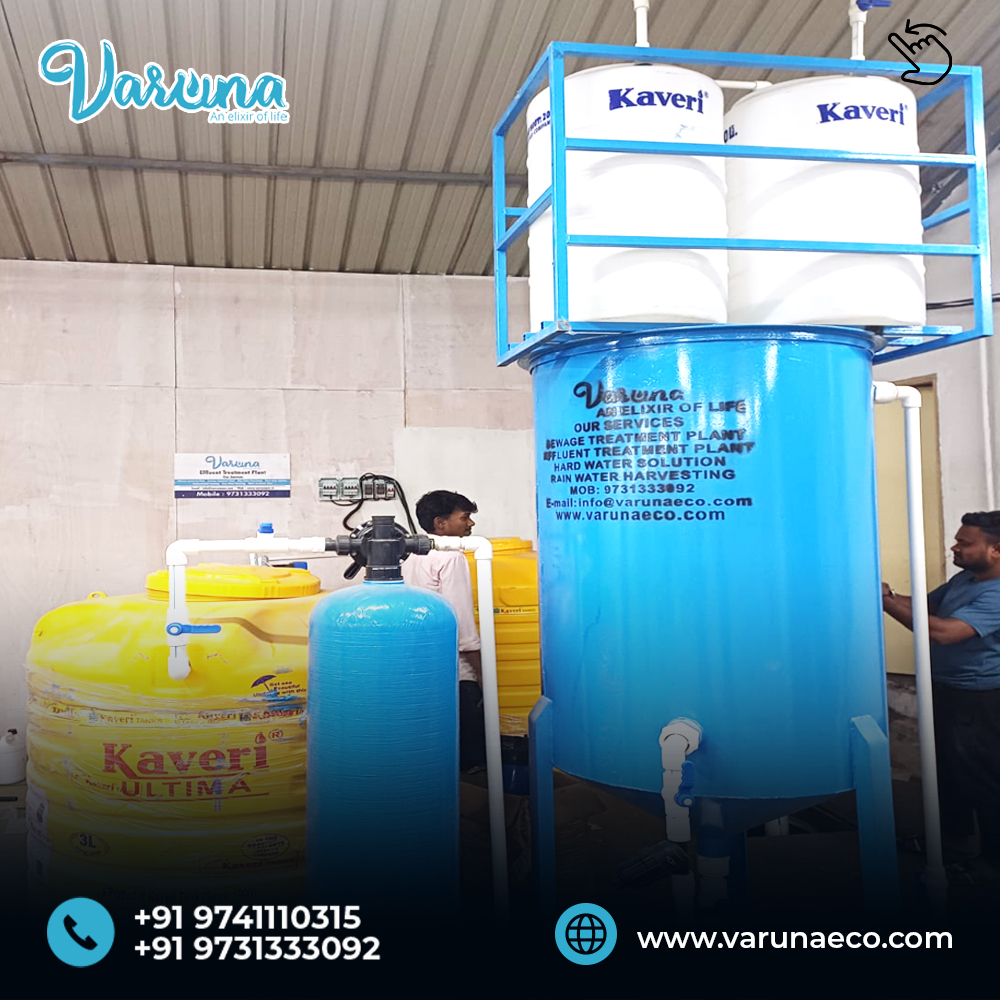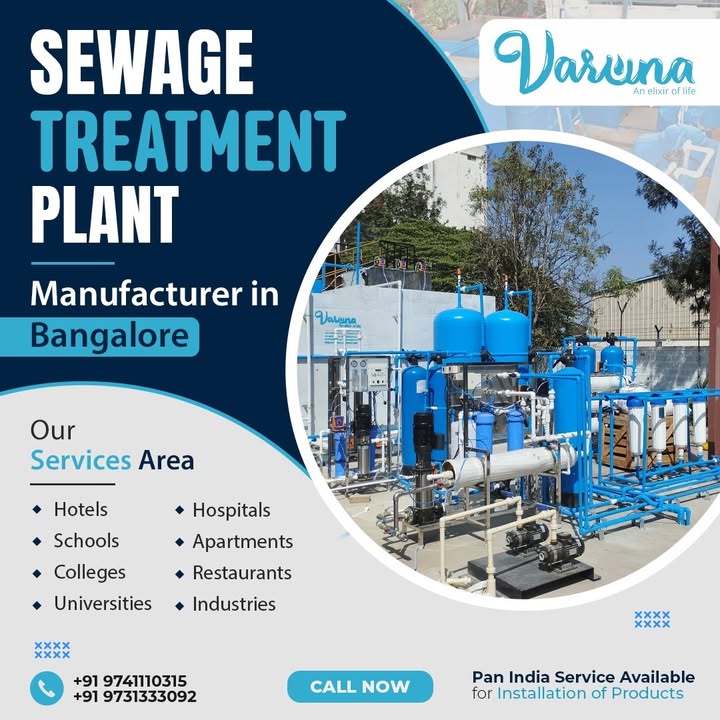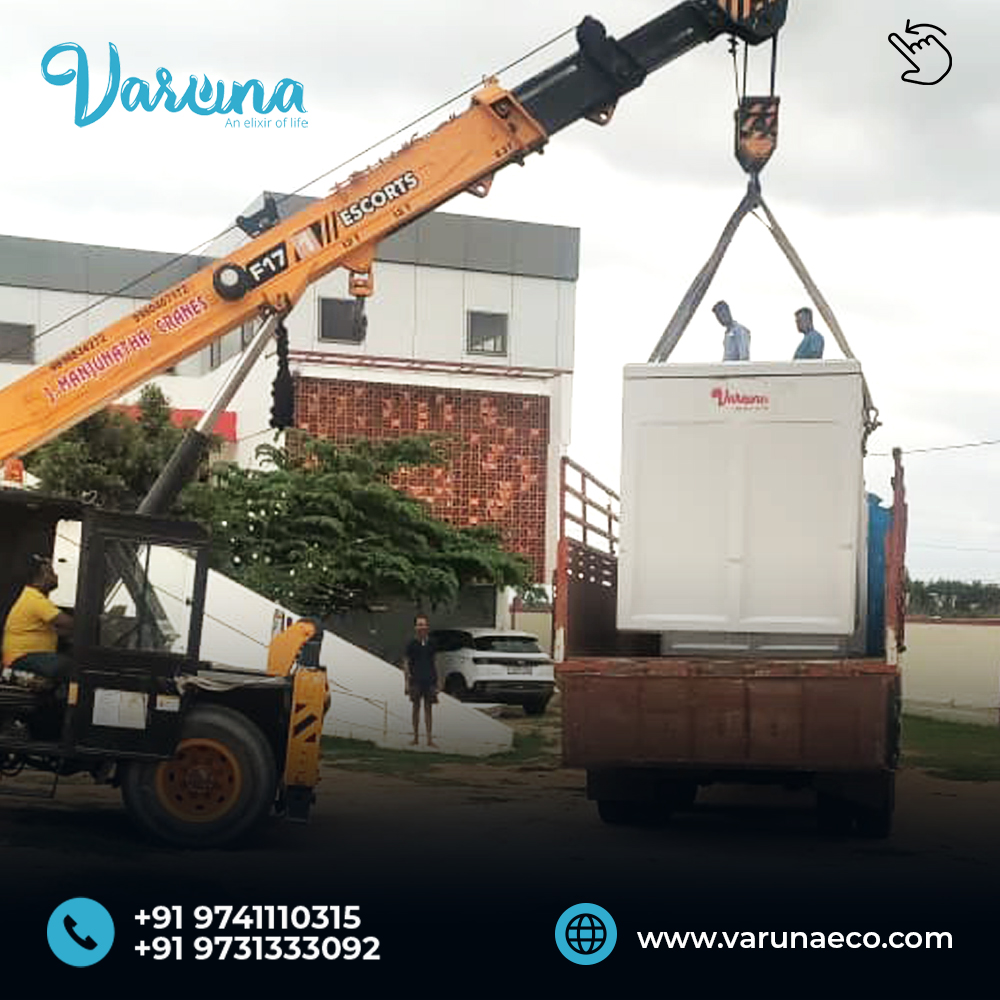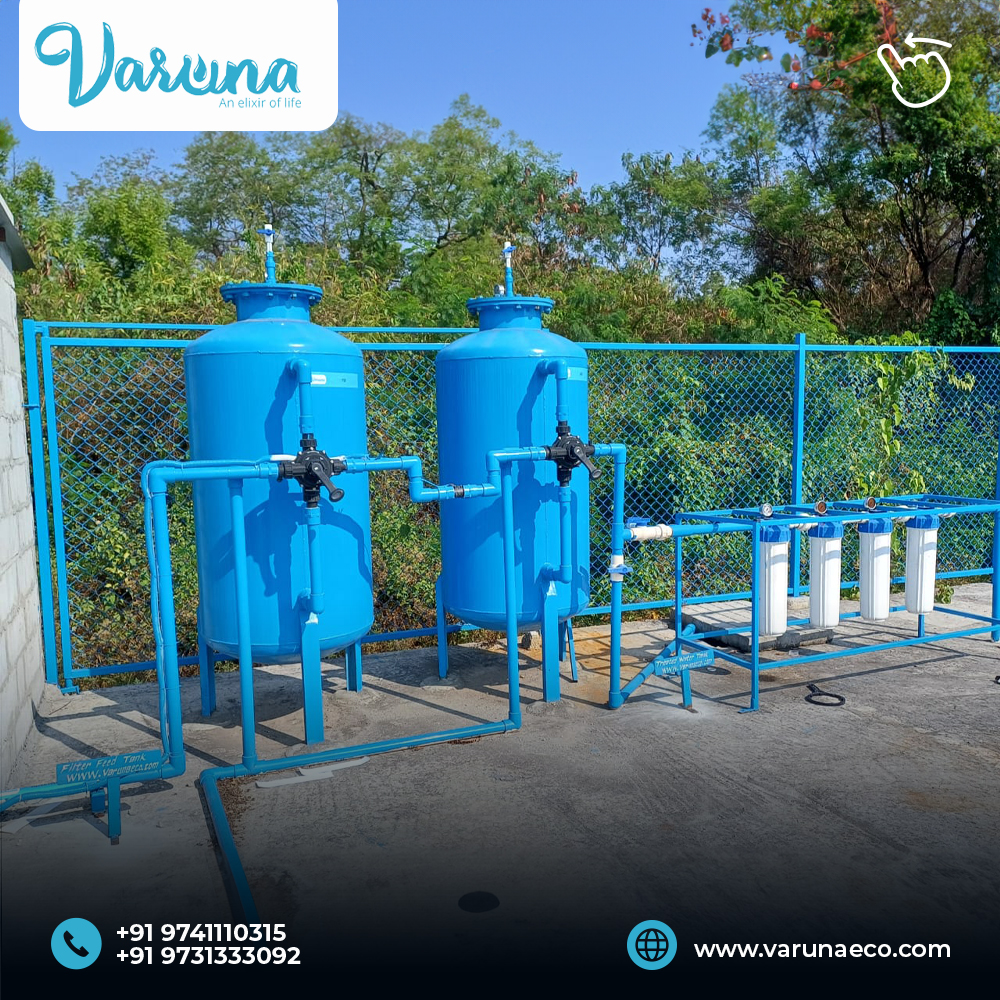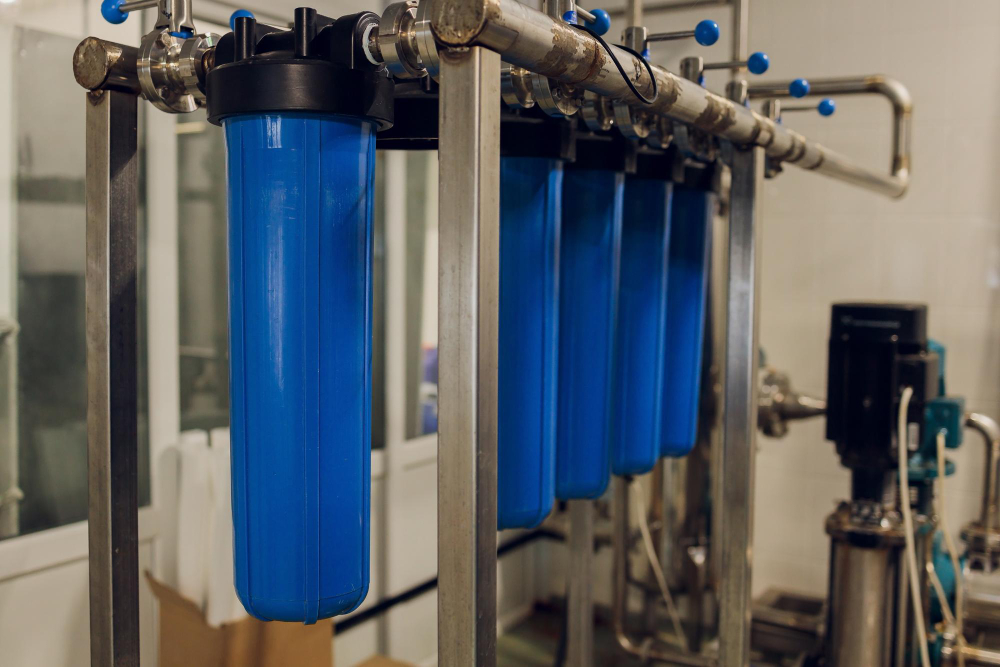
Reverse Osmosis vs. Water Softener: What’s Better?
Confused between RO systems and water softeners? Compare effectiveness, usage, and benefits to choose the right solution for your needs.
Water quality plays a crucial role in both household and industrial applications. Among the most common water treatment solutions are Reverse Osmosis (RO) systems and Water Softeners. While both systems improve water quality, they serve different purposes. If you're wondering whether you need an RO system, a water softener, or a combination of both, this guide will help you understand the differences, advantages, and ideal applications for each.
Understanding Hard Water and Water Contaminants
Before choosing between an RO system and a water softener, it's essential to understand water impurities:
-
Hard Water: Contains high levels of calcium and magnesium, leading to limescale buildup in pipes and appliances.
-
Contaminated Water: May contain chlorine, heavy metals, bacteria, sediments, and other pollutants that impact water taste, odor, and safety.
What is a Water Softener?
A water softener is a device that removes hardness minerals (calcium and magnesium) from water using an ion exchange process. It replaces these minerals with sodium or potassium, preventing scale buildup and improving soap efficiency.
How Does a Water Softener Work?
-
Resin Tank: Hard water passes through resin beads that attract calcium and magnesium ions, replacing them with sodium.
-
Brine Tank: Periodically, the resin beads regenerate by flushing out the captured minerals using a saltwater solution.
-
Soft Water Supply: The treated water is now free from hardness, preventing scale buildup in pipes and appliances.
Benefits of a Water Softener
-
Prevents limescale buildup in pipes, appliances, and water heaters.
-
Extends the lifespan of washing machines, dishwashers, and plumbing systems.
-
Improves soap and detergent efficiency, reducing usage.
-
Reduces water spots on dishes and glassware.
-
Provides smoother skin and softer hair by preventing mineral deposits.
Limitations of a Water Softener
-
Does not remove chlorine, bacteria, lead, or other harmful contaminants.
-
Increases sodium levels in water, which might be a concern for some individuals.
-
Requires regular maintenance, including salt refilling and regeneration cycles.
What is a Reverse Osmosis (RO) System?
A Reverse Osmosis (RO) system is a water purification method that removes contaminants by forcing water through a semipermeable membrane. It eliminates impurities such as chlorine, fluoride, lead, nitrates, and bacteria.
How Does a Reverse Osmosis System Work?
-
Pre-Filtration: Removes sediments, chlorine, and large particles.
-
RO Membrane: Forces water through a high-pressure membrane, blocking contaminants while allowing purified water to pass through.
-
Post-Filtration: Further improves water quality by removing residual odors and tastes.
-
Storage Tank: Holds the purified water until needed.
-
Dispensing: Clean drinking water is delivered via a dedicated faucet.
Benefits of a Reverse Osmosis System
-
Removes up to 99% of contaminants, including bacteria, viruses, heavy metals, and chemicals.
-
Provides great-tasting, purified drinking water.
-
Reduces the risk of waterborne diseases.
-
Improves the flavor of coffee, tea, and cooking by eliminating impurities.
-
Reduces plastic waste by eliminating the need for bottled water.
Limitations of Reverse Osmosis
-
Removes beneficial minerals like calcium and magnesium, requiring remineralization in some cases.
-
Wastes some water during the filtration process.
-
Slow filtration rate compared to traditional water treatment methods.
Key Differences Between Reverse Osmosis and Water Softeners
|
Feature |
Reverse Osmosis (RO) |
Water Softener |
|
Primary Purpose |
Removes contaminants |
Removes hardness minerals |
|
Main Process |
Filtration & Membrane Separation |
Ion Exchange |
|
Removes |
Chlorine, heavy metals, bacteria |
Calcium, Magnesium |
|
Improves Taste? |
Yes, removes bad odors & flavors |
No |
|
Scale Prevention |
No |
Yes |
|
Drinking Water Quality |
Excellent |
Not suitable for drinking alone |
|
Maintenance |
Periodic filter changes |
Regular salt replenishment |
|
Water Waste |
Some wastage |
No waste |
Which System Do You Need?
Choose a Water Softener If:
-
You have hard water problems such as scale buildup in appliances and pipes.
-
You want to increase appliance lifespan and reduce maintenance costs.
-
You are concerned about soap inefficiency and water spots on dishes.
-
You don’t need purified drinking water but want soft water for general household use.
Choose a Reverse Osmosis System If:
-
You need clean, purified drinking water free from harmful contaminants.
-
You want to remove chlorine, heavy metals, bacteria, and chemicals.
-
You prefer better-tasting water for drinking and cooking.
-
You want to eliminate bottled water usage and improve overall health.
Should You Use Both?
For best results, many homeowners install both systems together:
-
Water Softener: Conditions water for household use, preventing scale buildup.
-
Reverse Osmosis: Purifies drinking water, ensuring it's safe and great-tasting.
Environmental Impact
-
Water Softeners use salt, which can lead to salinity buildup in wastewater. Some areas have restrictions on salt-based softeners.
-
Reverse Osmosis Systems waste some water during filtration, but modern RO units have improved efficiency, reducing waste.
Final Verdict: Which One is Better?
Neither system is universally “better” – it depends on your specific needs:
-
If you want to prevent limescale buildup and improve appliance lifespan, a water softener is ideal.
-
If you need clean, purified drinking water and protection from contaminants, an RO system is the better choice.
-
For complete water treatment, a combination of both is the best option.
Conclusion
Choosing between a Reverse Osmosis system and a Water Softener depends on whether you need softened water for household use or purified water for drinking. By understanding the unique benefits and limitations of each, you can make an informed decision that best suits your water quality needs. For optimal results, many homeowners install both systems together, ensuring high-quality water throughout the home.
Would you like help choosing the right water treatment solution? Consult a water expert today to assess your home’s water quality and find the best fit!

